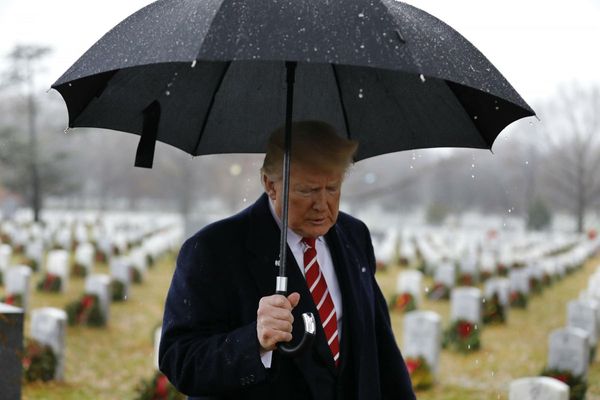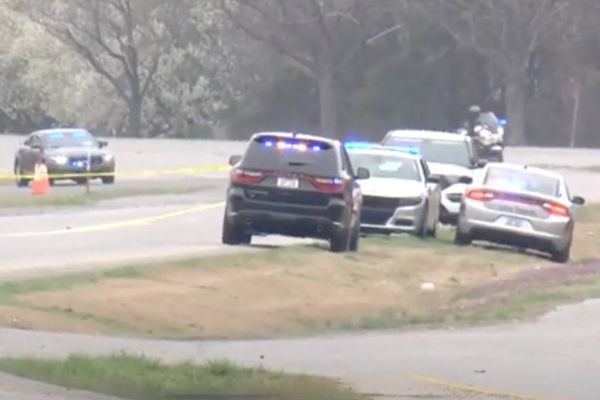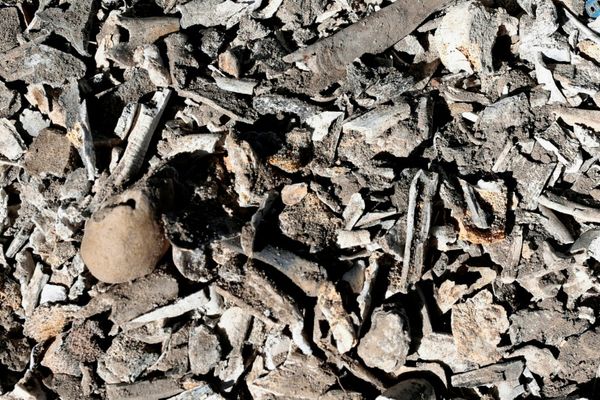The Sun-Times Sunday edition included several stories relating to the closing 10 years ago of 50 mostly elementary schools. One graphic included with one story compared changes in population in census tracts where schools closed with other census tracts where schools had not closed.
The graphic showed that population fell materially more in Black and Latino census tracts where schools closed compared to Black and Latino tracts where schools had not closed. In white and mixed census tracts, population actually rose more in tracts where schools closed than in tracts where schools did not close, although population increased in both sorts of tracts.
I think that your intent was to show that closing schools (at least in Black and Latino neighborhoods) led to greater population declines than would have occurred had the schools not closed. But your graphic does not show that. You would need to compare the rate of population decline before the school closings to the rate of decline after the closings, to see if the closures sped up the population decline.
SEND LETTERS TO: letters@suntimes.com. We want to hear from our readers. To be considered for publication, letters must include your full name, your neighborhood or hometown and a phone number for verification purposes. Letters should be a maximum of approximately 375 words.
The reason that the schools were closed 10 years ago was that school-age population, at least, had substantially declined since the schools were built, such that the schools that were selected for closure were only about half full. That seems to indicate a declining neighborhood (at least population-wise).
Which came first, the chicken or the egg? Did the school closings lead to population decline? Or did the pre-existing population decline lead to the closing of the schools, after which the population continued to decline? Your graphic does not answer those questions.
Scott Zapel, Glen Ellyn
Let community nonprofits sublease closed schools
Thank you for reporting on the fate of closed schools in Chicago.
The buildings are so large they are a real challenge to maintain. They were designed to be run as infrastructure, by a municipality, not by a community asset nonprofit.
It is so regrettable that the city didn’t sublease portions of active schools to community asset nonprofits. The school and the tenant organization could have supported each other. My nonprofit would have jumped at the chance. We could never afford to run it on our own.
I hope that scenarios of sharing like this will be considered in the future.
Barbara Koenen, founder and executive director, Creative Chicago Reuse Exchange
Public school choice is better for taxpayers
Logic is missing in your Sun-Times letter on private schools draining taxpayer dollars. It costs the taxpayer payer $9.2 million to educate 220 students for two years in the Chicago Public Schools (at $21,000 per student per year). Paying $860,000 over two years saved us taxpayers more than $8 million dollars!
Private education and school choice is the way to go. It is cost effective and frees up monies for students with special education needs.
John Waiss, Bucktown
Make Biden debate during Dem primary
Did you know that author Marianne Williamson and Robert F. Kennedy, Jr. have both filed with the Federal Election Commission to seek the 2024 Democratic Party nomination for president versus Joe Biden? Did you also know that the Democratic National Committee is refusing to allow for primary debates and is actively attempting to keep these two viable candidates from appearing on state caucus & primary ballots next year?
The more you know, our side isn’t perfect. We can’t pretend to be the party of democracy and fair elections when we are not allowing for it to happen internally. Open up the primaries and make Joe debate!
Jason Gatties, Dowagiac, Michigan







